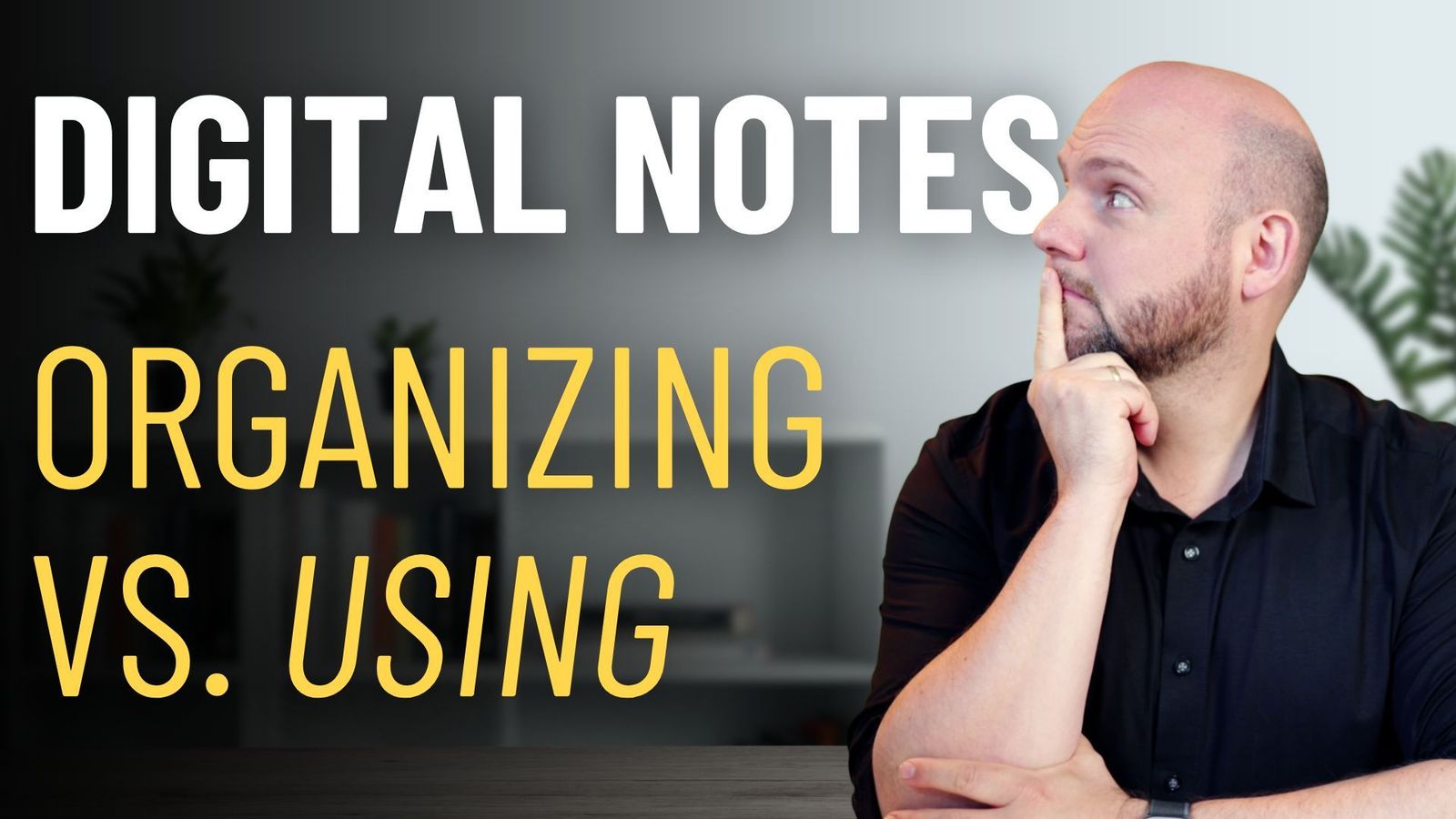Exploring the Evolution of Mem: A Fresh Look at Its Capabilities and Limitations
In the realm of digital note-taking and productivity tools, Mem has always stood out for its promise to leverage AI for enhancing user experience. Initially celebrated for its innovative approach, the journey of Mem has been one of continuous evolution, marked by significant updates and shifts in functionality. This exploration dives into the latest state of Mem, assessing its current features, improvements, and areas where it still falls short.
The Interface and User Experience
Mem’s interface retains its clean and minimalistic design, appealing to users who favor straightforward and uncluttered digital spaces. The ability to view notes at a glance—whether added personally or shared by others—enhances its collaborative potential. However, some design choices, such as the prominent placement of the ‘Add Source’ button, raise questions about the efficient use of screen real estate. These elements suggest a balance between aesthetic simplicity and functional complexity that Mem continues to navigate.
Enhancements in Note Management and AI Integration
One of the notable improvements in Mem is the enriched note management system. The preview feature upon hovering over notes, the categorization of notes by their addition and sharing status, and the introduction of an inbox for new notes contribute to a more organized and accessible user experience. Furthermore, the AI’s ability to suggest related notes based on titles and content enriches the research and writing processes, albeit with limitations in recognizing newly added PDF content immediately.
Limitations in Media Embedding and PDF Interaction
Despite advancements, Mem’s capabilities in handling multimedia content and PDFs remain constrained. The inability to embed videos directly within notes is a missed opportunity for users seeking a more integrated content experience. Similarly, while Mem allows for PDF uploads, the lack of an embed feature and immediate indexing for searchable content highlights gaps in Mem’s document management functionalities.
Performance and Development Pace
Concerns about Mem’s loading times persist, indicating that performance optimization is an area requiring further attention. The expectation for rapid access to information in productivity tools is critical, and any delay can detract from the user experience. Additionally, the pace of development and the introduction of new, impactful features seem to lag behind user expectations, raising questions about Mem’s trajectory and its ability to fulfill its initial promise.
Conclusion
As we revisit Mem, it’s clear that while strides have been made in certain areas, such as note management and AI integration, significant gaps remain. The balance between a clean interface and functional depth, the handling of multimedia and PDF content, and the overall performance are areas where improvement is needed. We invite you to explore the offerings of the Paperless Movement® Membership, where comprehensive courses on Note-Taking, Personal Knowledge Management (PKM), Task Management, and Project Management are designed to enhance your productivity. For those looking to optimize their digital productivity tools and strategies, the Paperless Movement® Membership offers valuable resources and community support. Join us at https://paperlessmovement.com/join to enhance your productivity journey.



